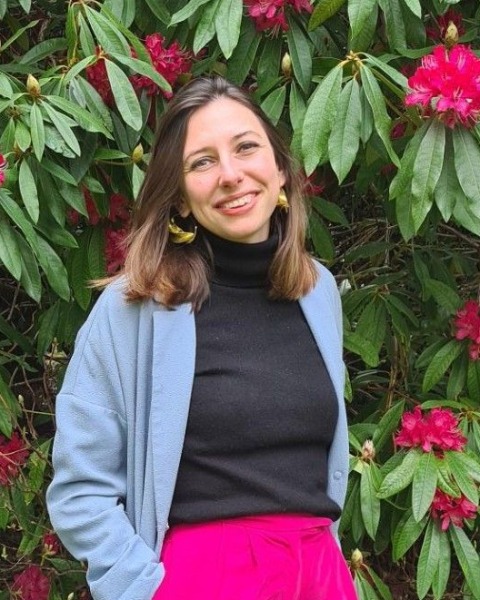Anatomy Education Posters
Poster: Anatomy Education Posters
117 - Student’s perspectives of inclusive practices in anatomy education
Sunday, March 24, 2024
5:00pm - 7:00pm US EDT
Location: Sheraton Hall
Poster Board Number: 117
There are separate poster presentation times for odd and even posters.
Odd poster #s – first hour
Even poster #s – second hour
Co-authors:
There are separate poster presentation times for odd and even posters.
Odd poster #s – first hour
Even poster #s – second hour
Co-authors:
Peter Bazira - Head of Anatomy, Centre for Anatomical and Human Sciences, University of Kingston; Gabrielle Finn - Vice-Dean for Teaching, Learning and Students, Faculty of Biology, University of Manchester

Georga J. Longhurst, BSc (Hons), MSc, PGCertHBE, FHEA
Senior Lecturer in Anatomy
St George's, University of London
London, England, United Kingdom
Presenting Author(s)
Abstract Body : There is a drive to implement inclusive practices in anatomy by adapting curricula and utilizing inclusive language and resources that negate biases. However, to date there is no data regarding student’s perception of inclusivity. Therefore, the study aims to investigate anatomy student’s opinions on inclusive practices in anatomy education based on the protected characteristics of age, disability, ethnicity, gender affirmation and sex. One hundred and forty-five students completed a questionnaire with 21 Likert-scale and two open-ended questions. Kruskal-Wallis tests compared responses by groups defined by the protected characteristics of the Equality Act (2010). Most students (71.2%; n = 84) agreed or strongly agreed that ‘improving inclusivity in anatomy education should be educator’s priority’. In terms of representation, there was a statistically different response rate from students from different ethnic backgrounds to the statements ‘there are anatomy educators’ (p = < .001), 'images in textbooks’ p = < .001) and ‘models in the dissection room’ (p = < .001) ‘that look like me’. Most students agreed or strongly agreed to statements relating to the protected characteristics of age (70.4%; n = 68), disability (78.6%; n = 77), ethnicity (59.8%; n = 64), gender affirmation (46.3%; n = 46) and sex (51.5%; n =62). Themes identified relating to improving inclusivity included ‘reflecting reality’, ‘teaching the truth’, ‘the invisibility of women’ and the ‘learning environment’. Students have confirmed that anatomists, as gatekeepers of the knowledge of the human body, should foster inclusive teaching practices that will benefit all students and potentially future patient care.

